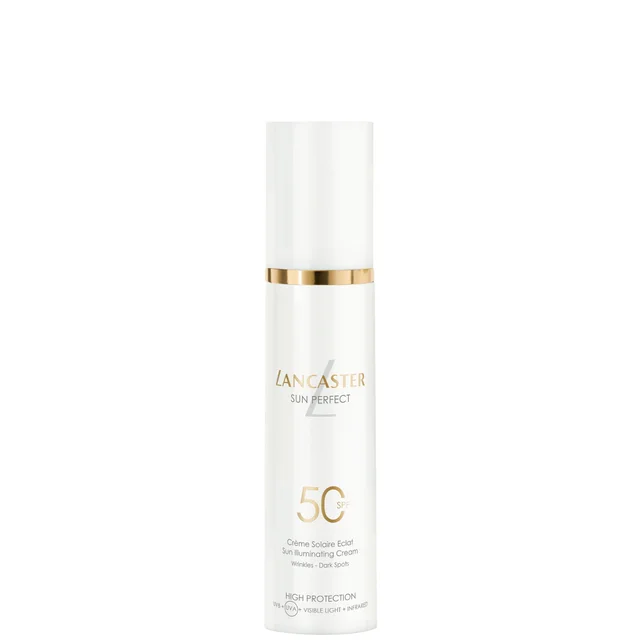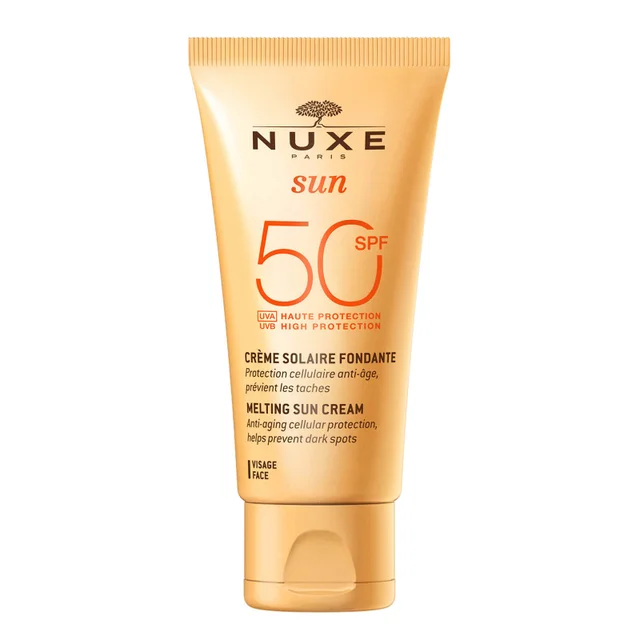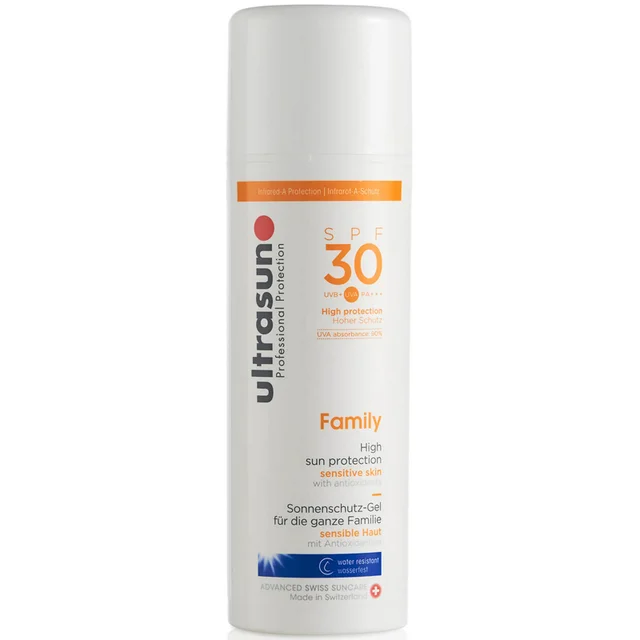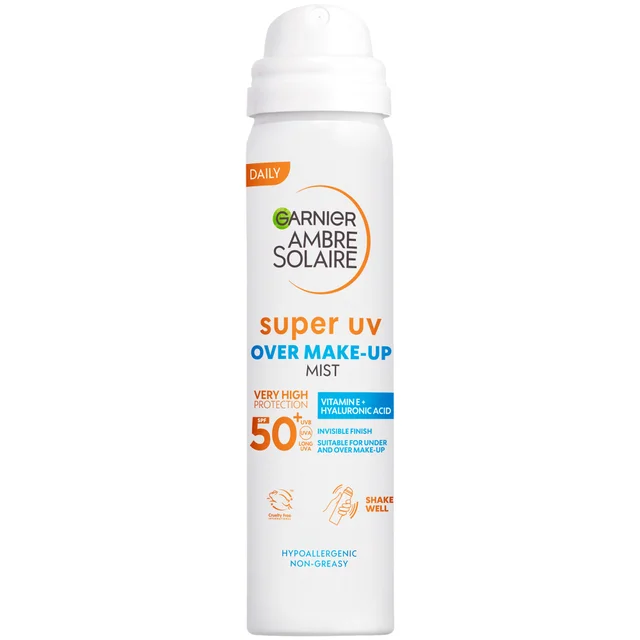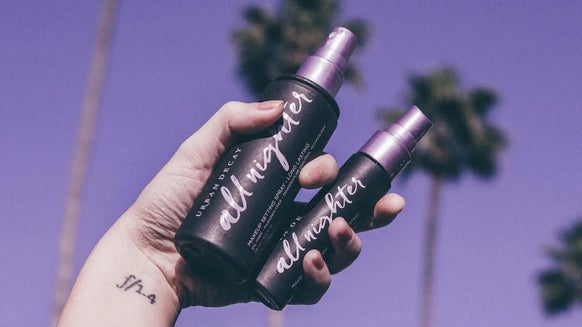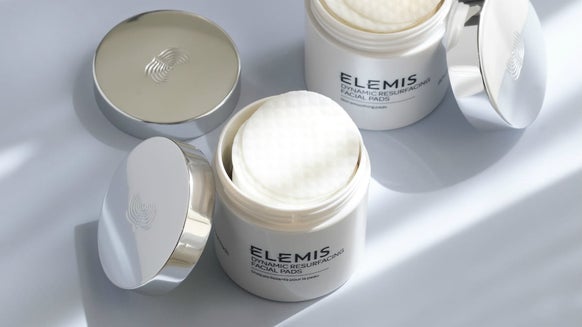This is why you shouldn’t skip SPF in the winter
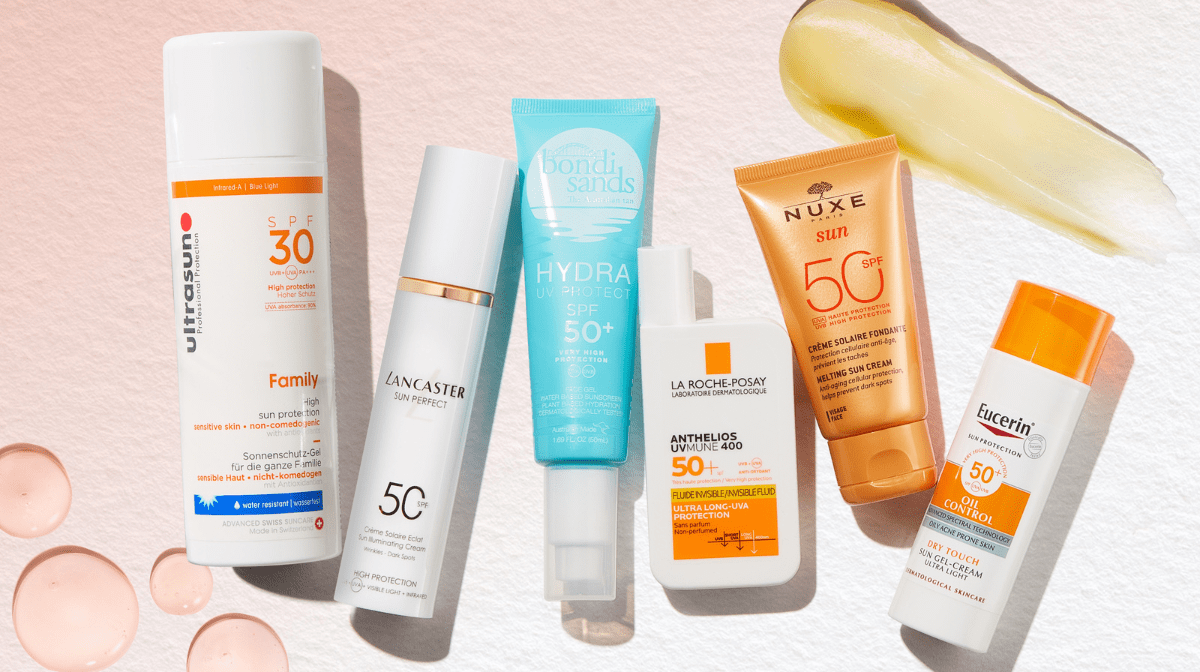
We've all heard the wonders of
But what if we told you that sun-rays can still be cause for concern, even in the winter? We caught up with Skin Expert and Medical Director, Dr Ifeoma Ejikeme, to find out why we should still be wearing SPF when it’s Baltic outside.
How can sun exposure effect our skin?
In many ways, as it turns out. Dr Ifeoma’s list of potential concerns really keeps growing. From various forms of ageing on our skin (“hyperpigmentation, redness, visible pores, rough texture, uneven tone, dullness, fine lines and wrinkles”) to skin cancer (in more serious cases), it’s clear the sun can do more harm than good if we don’t protect our skin properly. What’s more, sun-rays can still cause damage when we’re not seeing physical burning. “UVA is silent.” Dr Ifeoma tells us. “You do not feel the effect.”
Why do we still need SPF in the winter?
“Throughout the year, there’s exposure to UVA and UVB,” Dr Ifeoma explains. “Whilst the effects of burning occur during the hot summer months, sun exposure is cumulative in a lifetime. The effect of UVA continues throughout the year.” You guessed it. That means come rain or shine, there’s a risk of sun damage if we aren’t wearing an
Can sun-rays penetrate through clouds?
You might be thinking – why would I need SPF when the skies are grey and overcast? Dr Ifeoma answers, “Ultraviolet radiation from the sun includes UVA, UVB and UVC. UVC is filtered by clouds but UVA and UVB can penetrate through and can even be reflected from the ground.”
UV rays can also harm our skin when it snows. Dr Ifeoma informs us, “Snow can reflect UV rays, so as well as protection from above, you need protection from below.” Well, that explains why can still get a tan on a skiing holiday…
What is the difference between UVA and UVB rays?
We know to look out for UVA and UVB protection when searching for a quality SPF. But what’s the difference between the two? According to Dr Ifeoma, “The wavelengths are different. UVA has greater penetrance than UVB, so UVA tends to cause deeper effects on the skin and can travel, for example, through glass.” To ensure broad-spectrum protection against both types of UV rays, we recommend shopping for sun cream with both a high SPF and PA+. The first protects against UVB rays, the latter against UVA.
How often should we be applying and reapplying SPF?
SPF is a long-term commitment – and apparently it's one we should devote ourselves to. “Ideally, sunscreen should be applied every 2-4 hours if you are outside.” Dr Ifeoma shares. “At a minimum during the winter months, ensure sunscreen is worn in the morning. If you are outside all day, re-apply after four hours.”
Should you use SPF when indoors?
In short, the answer is yes. UVA rays can penetrate through windows. Dr Ifeoma advises, “If you can see daylight, you should wear a sunscreen.”
What are the key benefits to look out for when buying SPF?
Dr Ifeoma recommends we should be wearing SPF from the age of 6 months old. When shopping round for the best-of-the-best formulas, she says, “It’s really important you find an SPF that is easy to wear and that you enjoy wearing. For many people, it needs to be sheer with no white cast, but other people prefer a richer feel.”
It sounds like shopping for your perfect sunscreen is entirely personal, but make sure to look for
Our top SPF recommendations for winter:
1. Eucerin Sun Face Oil Control Sun Gel-Cream Dry Touch SPF50+ 50ml
2. La Roche-Posay Anthelios UVMune 400 Invisible Fluid Non-Perfumed Suncream SPF50+ 50ml
3. Lancaster Sun Perfect Sun Illuminating Cream SPF 50 50ml
4. NUXE Sun High Protection Fondant Cream for Face SPF 50 50ml
5. Ultrasun Family SPF 30 - Super Sensitive (150ml)
6. Garnier Ambre Solaire Over Makeup Super UV Protection Mist SPF50 75ml



